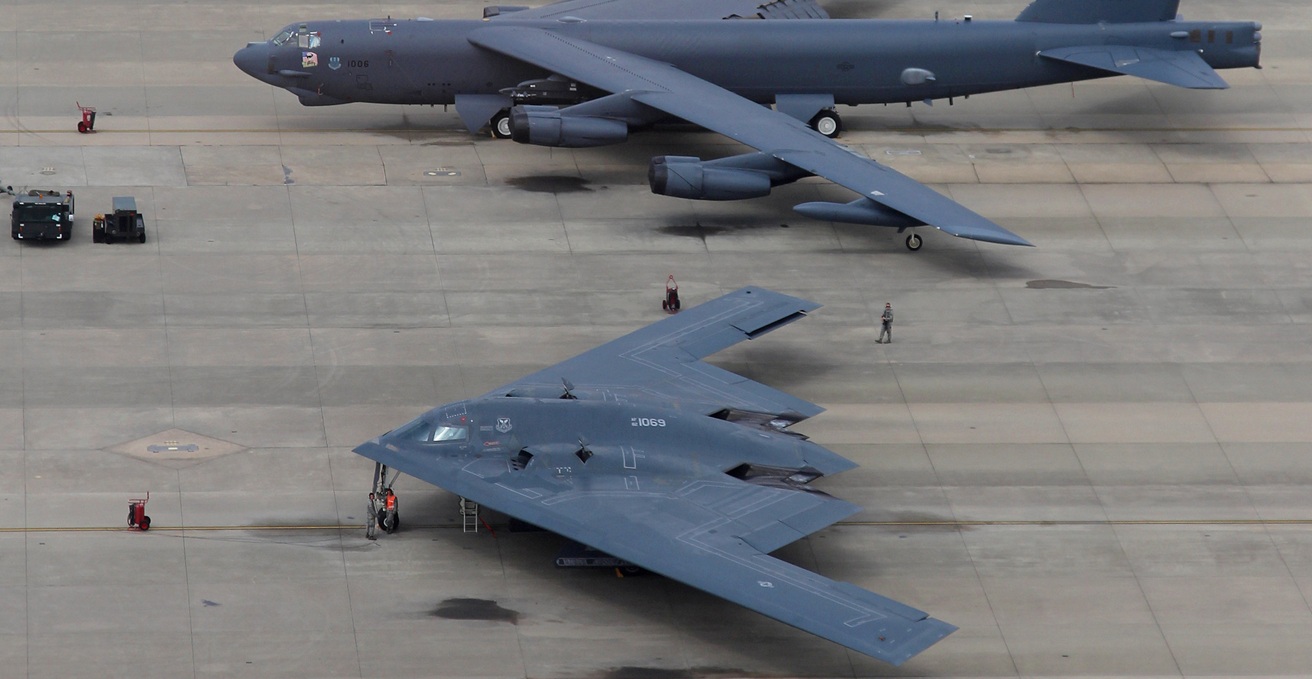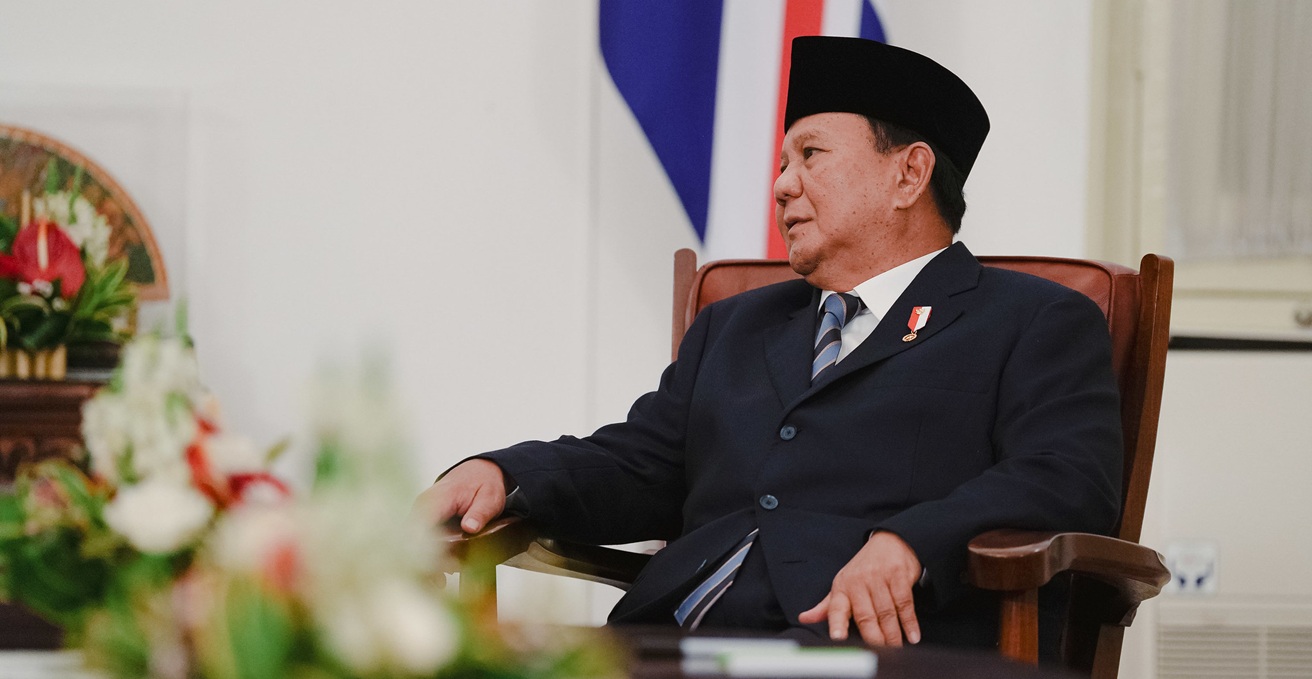Australian strategic studies cannot keep up with current rates of geostrategic change. Focussing on different analysis methodologies — such as forward-looking, disruptive innovation — could be the solution.
Brendan Taylor recently set out a “back to the future” path for Australian strategic studies that would replicate last century’s successful approaches. While an option, there may be other, more suitable paths forward.
Strategic studies, Brendan concisely notes, concerns, “the role of armed force in international politics.” The discipline’s golden age was in the 1950s when the disruptive technology of nuclear weapons created a pressing demand for high-quality thinking. This was from an intellectual perspective, but all good bureaucrats read the “golden age” term as shorthand for a time of generous funding – money also looms large in Brendan’s assessment.
Outsiders might be surprised that the 9/11 wars across the Middle East and the global war on terror mostly passed Australian strategic studies by. Some universities accessed a bit more cash, but intellectually the sole highpoint was arguably the contribution David Kilcullen made when he moved to the US. Like in the earlier “golden age,” the strategic thinking was almost entirely left to the Americans.
The rise of China challenges such offshoring. Leaving strategic thinking to others is becoming risky. There is now a national imperative for local high-quality thinking. Australian strategic studies thinkers could supply this demand.
Brendan usefully declares that, “strategic studies is ultimately a practical endeavour.” Within the discipline, this is perceived as the ivory tower instructing the nation’s highest decision-makers on what policies they should adopt. Advocating solutions to pressing national problems is always appealing, however there are real shortcomings when doing this in the strategic studies space.
Defence and security policymakers may hold crucial information about the problem not available to academics. Moreover, there could be political aspects concerning the problem that academics are unaware of or consider differently to the policymakers involved. Furthermore, the prescribed solutions offered are generally derived from a particular view of how the world functions. Policymakers may not necessarily hold the same worldview or be convinced that it is the only one to examine issues against. Lastly, academic advocates tend to assume limitless resources, and policymakers can’t.
Against that background, how might Australian strategic studies advance? Firstly, it seems unwise to try to replicate what policymakers have now. The government’s National Intelligence Community has 7000 staff and an annual budget of A$3 billion. Australian strategic studies academia is insignificant compared to that, which makes trying to provide current affairs analysis a losing game. The Australian government also makes extensive use of large American management consulting firms, crowding out any academic research on defence structures, processes, and equipment acquisitions. In both areas, Australian strategic thinkers would be hard-pressed to compete and would instead simply produce research that lagged behind reality.
An alternative is to take a leaf from innovation studies and focus on disruptive innovation. The work of the large intelligence agencies and management firms naturally focusses on improving current practices, that is, sustaining innovation. Sustaining innovation aims to “do things better,” whereas disruptive innovation aims to “do better things.” By embracing thinking about disruptive innovation, strategic studies academia would not be competing head-to-head against much larger, better-funded, better-informed individuals and organisations.
Secondly, disruptive innovation means looking forward into the future, which is helpful as policymaking is an inherently forward-leaning practice. In this regard, there is an innate tension between sustaining innovation and policymaking, as can be seen by the complaints about the last Australian Defence White Paper lagging behind the rate of geostrategic change. However, that’s not unusual — the big intelligence agencies famously missed the end of the Cold War as well.
Looking forward is not a stance that Australian strategic studies academia comes naturally too. It will require using different analysis methodologies, such as foresight, to avoid continuing to replicate the forecasting techniques of the intelligence agencies. Going deeper, Brendan worries that Australian scholars lack expertise in new and emerging technologies such as cyber and artificial intelligence. Though this harsh assessment may reflect more that Australian academia often looks inward, there is expertise in such areas, it just needs to be “seen.” For example, ASPI does world-leading work on cyber-intelligence, and there are also studies elsewhere on the operational and ethical aspects of the military use of artificial intelligence underway.
Thirdly, missing what Australian strategic studies scholars are already doing reinforces Brendan’s key concern that greater interaction between policymakers and academia is needed. His solution of a Defence Department-funded “Council of Strategic Studies” presupposes that policymakers and budget-holders are interested in Australian strategic studies in the first place. Moreover, a council comprising a few, self-important people seems a little outdated in this era of Zoom and Microsoft Teams.
On the other hand, peer-reviewed strategic studies journals tend to look backwards, as the research they favour can have no other basis. There is a missing part in this puzzle of connecting Australian strategic thinkers that needs some innovation.
There is no particular reason in itself that Australia’s large defence and security ecosystem should be interested in local strategic studies thinking. The ecosystem won’t instinctively come to the ivory tower. Instead, the Australian strategic studies community needs to work to be seen by the ecosystem as a valuable, respected, and essential part of it. An Australian strategic studies community that focusses on forward-looking, disruptive innovation may be able to do just that.
Dr Peter Layton is a Visiting Fellow, Griffith Asia Institute, and a RUSI (UK) Associate fellow. He has extensive defence experience and writes frequently on geo-strategic matters, force structure issues and emerging technologies. The author of Grand Strategy, his work may be accessed here.
This article is published under a Creative Commons License and may be republished with attribution.




